Cephalotus follicularis - CarniCep07
Cephalotus follicularis - CarniCep07
The Australian pitcher plant, or Cephalotus follicularis, is a truly special small carnivorous plant with reddish, cup-shaped traps. With these traps, Cephalotus follicularis catches and digests insects. It is also commonly referred to as the Australian pitcher plant.
This product is currently still in stock
Share this plant? Press on one of the following icons.
The Australian pitcherplant, Cephalotus follicularis, also known as the Albany pitcher plant, occurs only in a small area in southwestern Australia. Cephalotus follicularis grows in nutrient-poor soils along streams and other moist environments. Conservation of Cephalotus follicularis is important because of its limited distribution and the fragility of its habitat.
The plant was first described by botanist Robert Brown in 1806, and its distinctive pitcher traps quickly made Cephalotus follicularis a fascinating subject. Although the Australian pitcher plant shares similarities with other pitcher plants, it is not related to any other known species. This is an example of convergent evolution.
The trapping mechanism of the Australian pitcher plant is highly specialized. The pitcher-shaped pitchers with tooth-like edges and a lid lure small insects with nectar. Once inside, insects lose their grip on the slippery rim and are held captive by downward-pointing hairs. The plant secretes digestive enzymes and breaks down the insect's body into nutrients that the plant absorbs.
This process allows Cephalotus follicularis to extract nitrogen and other essential nutrients from its prey and survive in the nutrient-poor environment in which it grows. For additional information about Australian pitcherplants (Cephalotus follicularis) please check the Araflora product info below. The symbols will provide you with further details about this plant.

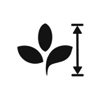
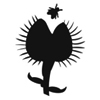
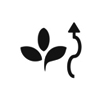
Cephalotus follicularis, also known as the Australian pitcher plant, is a unique carnivorous plant that requires specific care to thrive. The Australian pitcher plant grows best in bright, indirect light and can tolerate some direct sun, but avoid intense midday sun to avoid leaf burn. For healthy growth, Cephalotus follicularis needs moist but not too wet soil, as the plant is prone to root rot; use distilled or rainwater for this purpose. The ideal humidity for the Australian pitcher plant is between 50-80%, and a humidity tray or terrarium can help maintain this level, provided there is sufficient ventilation to avoid mould. Cephalotus follicularis thrives at temperatures ranging from 10°C to 27°C, with a slight temperature drop in winter to mimic its natural environment. Use a well-draining, nutrient-poor soil mix, such as a mixture of sphagnum peat moss and perlite. Fertilisation is not necessary, as the Australian Cup plant gets nutrients from captured insects. Ventilation is essential for Cephalotus follicularis to prevent fungal problems, especially in closed environments such as terrariums.




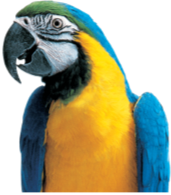
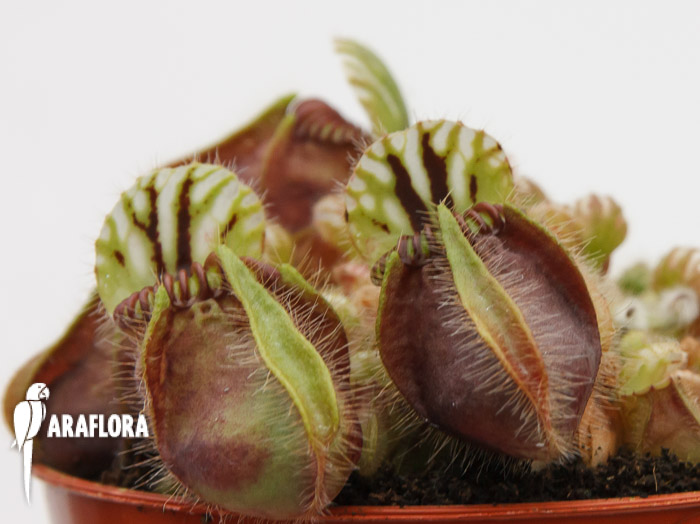
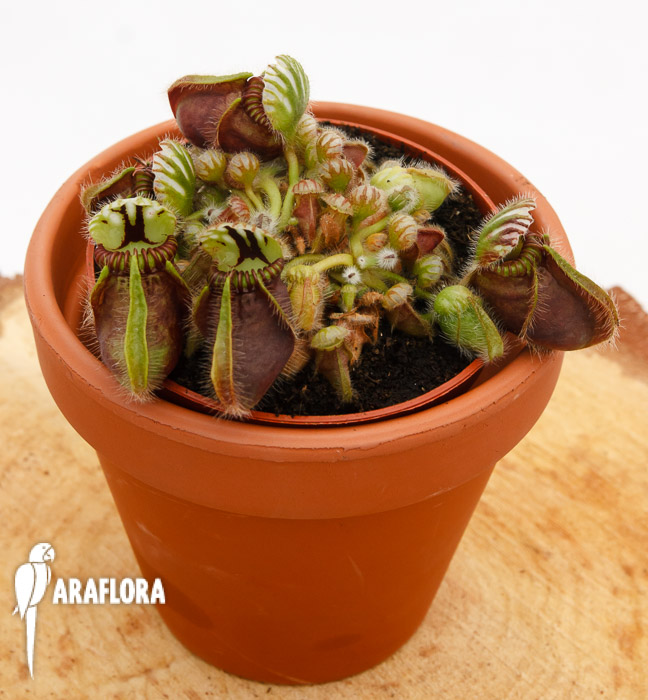
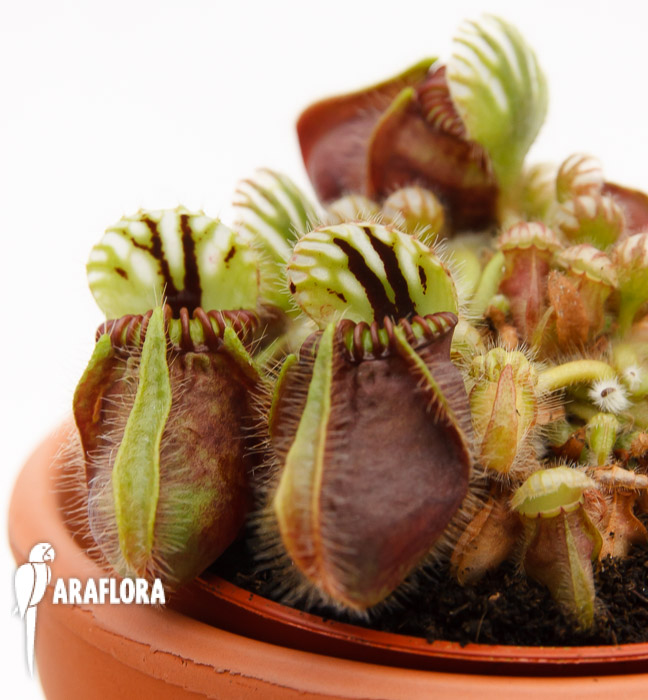
 7 cm
7 cm
 7 cm
7 cm












